Fall has arrived, and with it will soon come frost. We never know when it will come exactly, but it doesn’t have to take us by surprise. Here’s how you can anticipate the first frost, so you can save your plants and prepare for winter effectively!
Step 1: Know Your First Frost Date
The first step to anticipating frost is to be aware of the first frost date. That’s the average date we’ve historically received our first frost each fall. In Moultonborough, October 10 is the first frost date; that doesn’t mean that we receive frost every year on that day, but we should prepare for the possibility of frost in the weeks and days around that time.
Step 2: Check the New Hampshire Weather Forecasts
There once was a time when gardeners had to anticipate frost based on signs in the air and sky around them. Today, we can take advantage of weather reports. Keep an eye open for “frost advisories,” which are issued when nighttime lows are between 33 and 36 degrees, and “freeze warnings,” which occur when there’s an 80% chance of temps below 32 degrees.
 Step 3: Intuit the Weather
Step 3: Intuit the Weather
Let’s face it; weather predictions aren’t always accurate. Plus, some days, you may forget to check the weather forecast altogether. That’s not a problem. Chances are, as a gardener, you’ve already developed an intuitive rapport with the weather around you. If you sense a brisk and unusually chilly feeling in the air at dusk, wake up to the possibility that frost may be coming. When anticipating frost yourself, it also helps to keep the following factors in mind:
- How warm was it that day? If temps were above 75 degrees, there’s a slim chance you’ll receive frost that night.
- Is it clear or cloudy? Cloud-covered skies prevent radiant heat from escaping the earth and thus reduce the likelihood of frost. Frost is more likely on clear nights.
- Is it windy or still? Windy nights prevent cold air from collecting, thus reducing the chance of frost. On the other hand, a still night allows cold air to gather, giving frost the chance to work its magic.
Step 4: Consider Microclimates on Your Property
Microclimates can make frost more likely in some areas than others. Any place at the bottom of a hill, where cold air settles, is more likely to receive frost than on a hill or a south-facing slope. On the other hand, higher elevations may lower nighttime temperatures enough to bring frost to your property, but not your neighbor’s. Be aware of any cold pockets in your landscape and prepare accordingly when you’re reading the weather report or sensing a cold night ahead.
 Preparing Your Plants for Frost and Winter in New Hampshire
Preparing Your Plants for Frost and Winter in New Hampshire
Just because frost is coming doesn’t mean it has to spell the end of your garden. To protect your plants overnight and extend your harvest, you can cover them with a light, breathable tarp or old bedsheet. Make sure none of the plants are touching the covering, and use rocks to weigh down the edges so no cold drafts can enter.
How to Prevent Winter Burn on Your Plants
Anticipating frost also comes hand in hand with anticipating cold temperatures and preparing for winter. Winter burn, also known as windburn, can be prevented by preparations in the fall. Winter burn occurs on evergreen shrubs and trees that lose too much water over the winter. Sunny or windy exposures suck water from their needles, which the tree roots cannot replace when the ground is frozen. Winter burn appears as dead foliage in the spring.
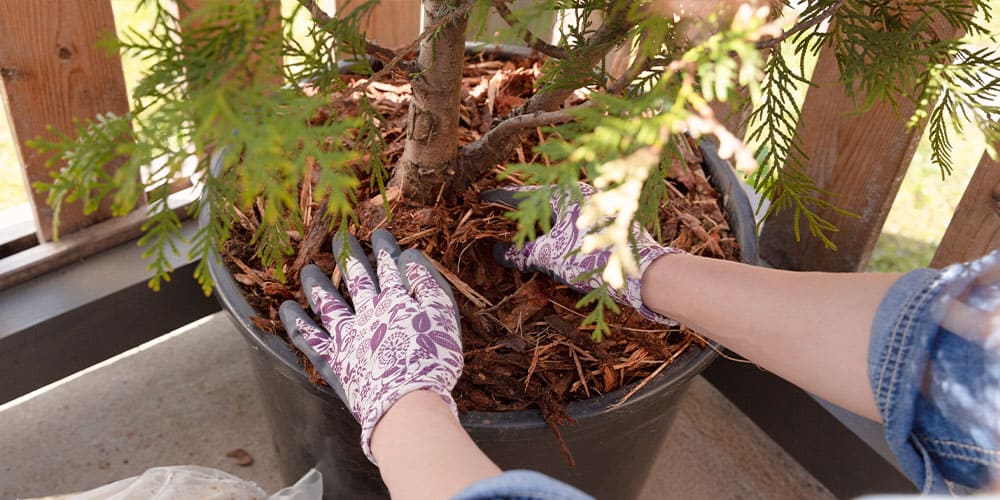 To prevent it, water any vulnerable evergreens throughout the fall until the ground freezes. Mulch around the plant up to the drip line to retain moisture throughout the winter. Don’t prune evergreens in the fall, as pruning stimulates new growth and may prevent them from properly hardening off.
To prevent it, water any vulnerable evergreens throughout the fall until the ground freezes. Mulch around the plant up to the drip line to retain moisture throughout the winter. Don’t prune evergreens in the fall, as pruning stimulates new growth and may prevent them from properly hardening off.
Watering Your Plants During the Winter
Besides preparations in the fall, winter watering may be helpful for some plants in your landscape. In particular, evergreens and young trees are susceptible to drying out, especially during dry periods with no snow or in windy and sunny locations. Watering them about once per month will help them retain the moisture they need during winter dormancy. Choose a time when temperatures exceed 40 degrees, and the soil is dry to the touch.
Anticipating the first frost and winter plant preparations are two important tasks in the fall garden. For more information, visit Stephens Landscaping Garden Center in Moultonborough, NH, and follow along on Facebook or Instagram!


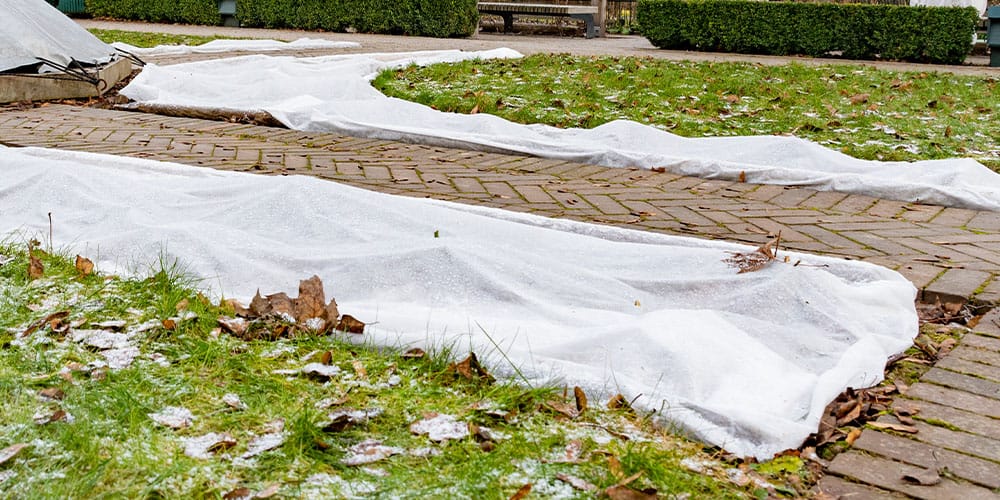 Preparing Your Plants for Frost and Winter in New Hampshire
Preparing Your Plants for Frost and Winter in New Hampshire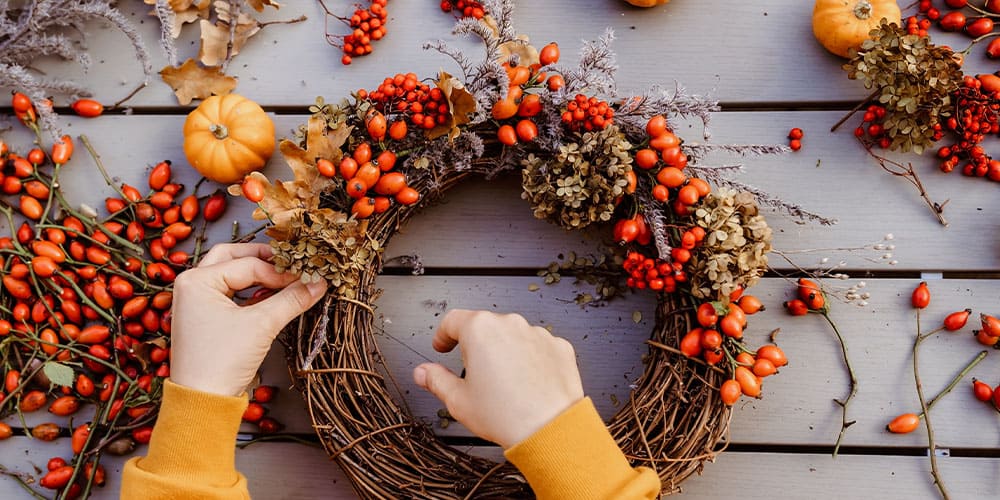
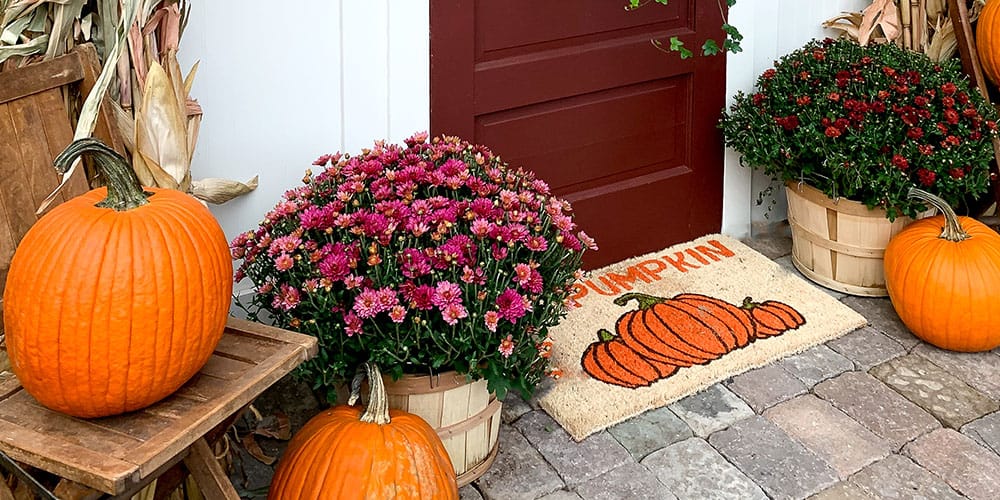
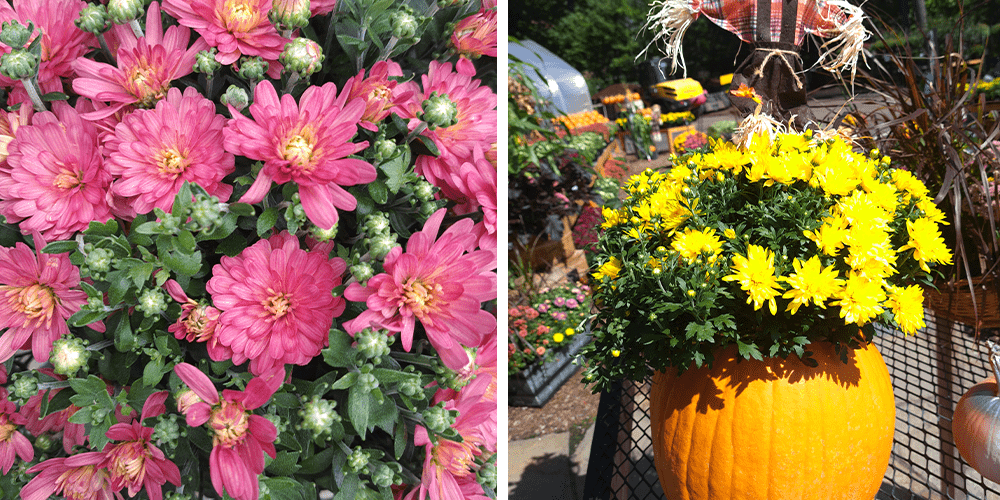
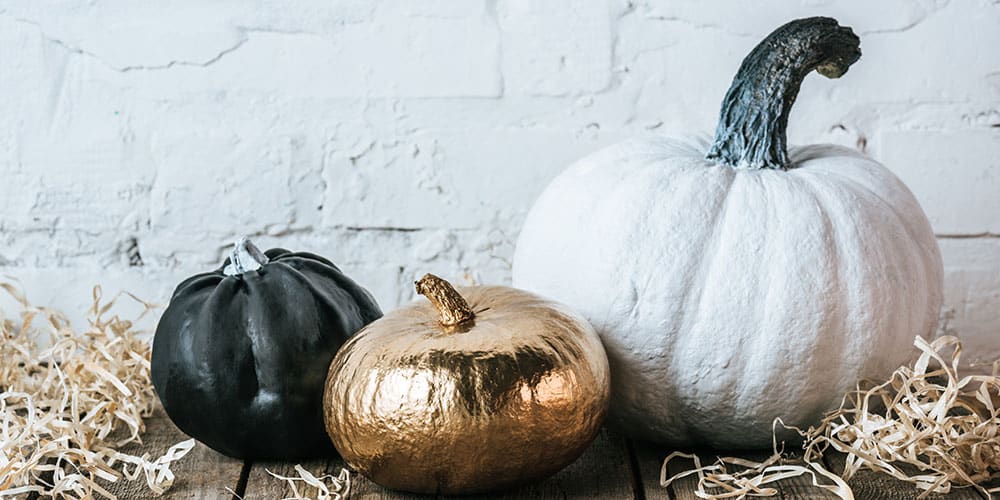
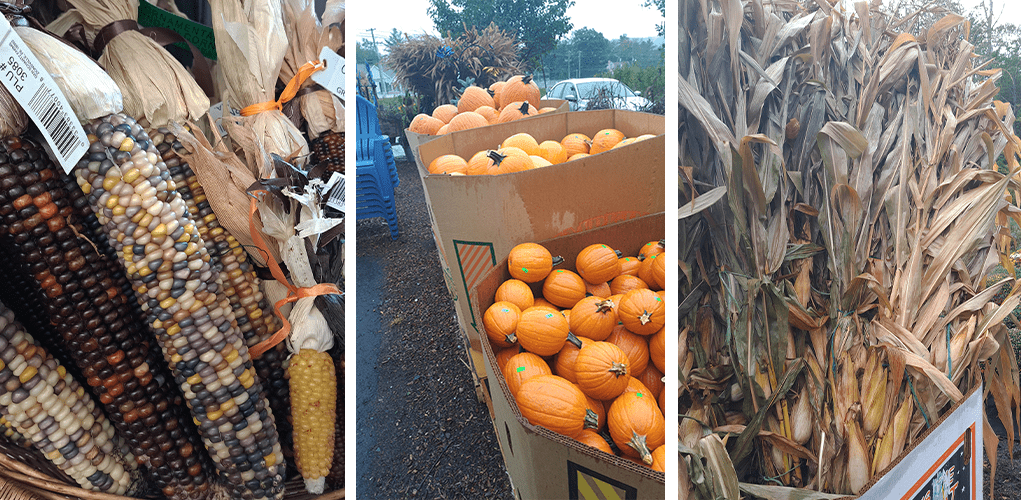
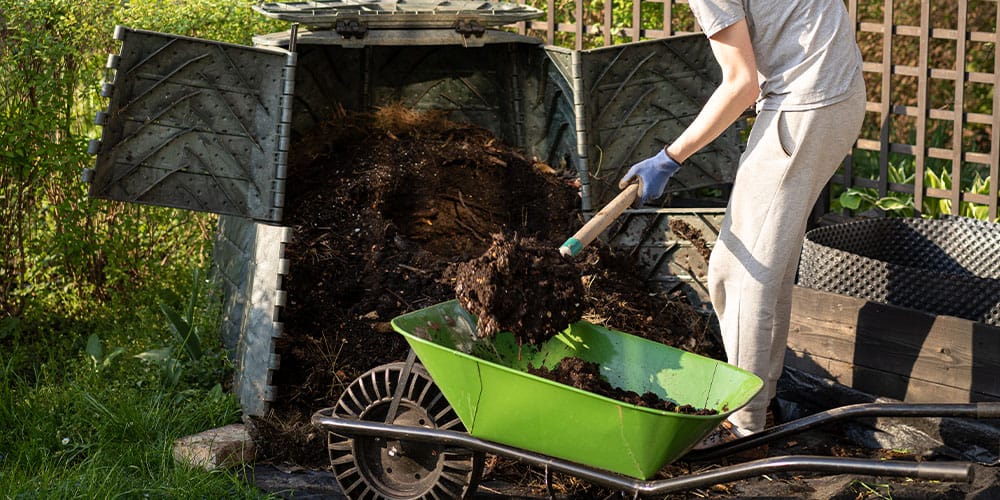 How to Add Compost to Tree Beds
How to Add Compost to Tree Beds 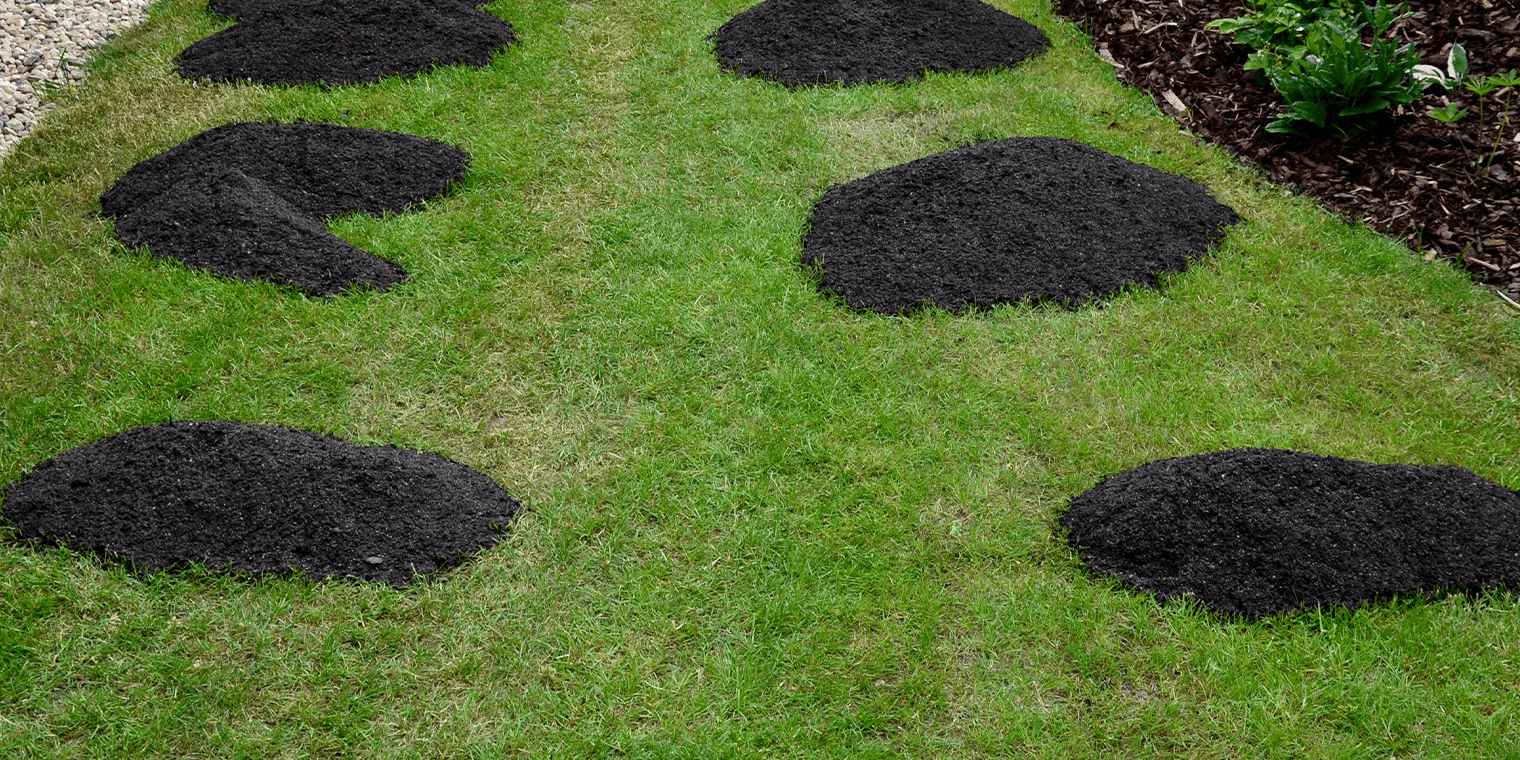 The best time to topdress your lawn with compost is right after aerating, but you can topdress anytime when the ground is not frozen. You can apply compost every spring when the lawn is just beginning to green up and in late autumn when the leaves are starting to fall; this will keep your grass looking beautiful all year! You can spread it across small yards with a compost wheel or peat spreader or use your hands to sprinkle it evenly.
The best time to topdress your lawn with compost is right after aerating, but you can topdress anytime when the ground is not frozen. You can apply compost every spring when the lawn is just beginning to green up and in late autumn when the leaves are starting to fall; this will keep your grass looking beautiful all year! You can spread it across small yards with a compost wheel or peat spreader or use your hands to sprinkle it evenly. 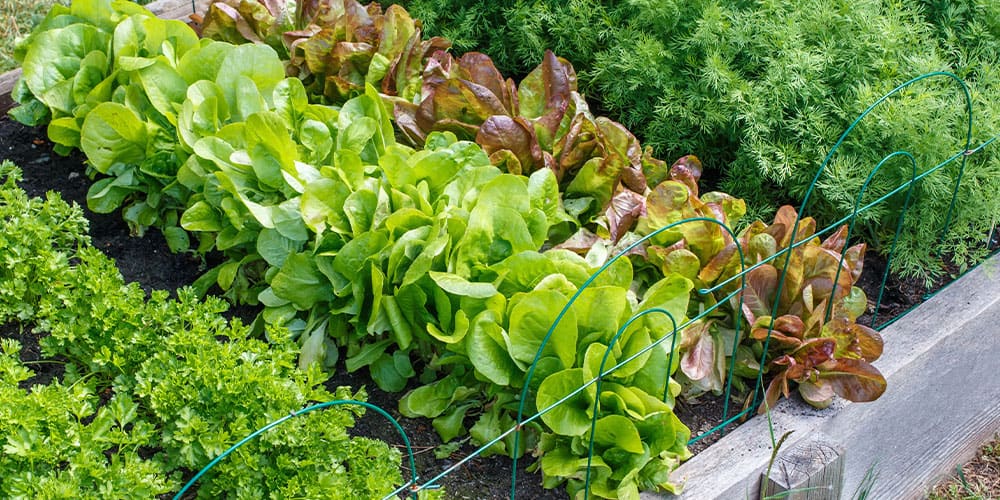 Use Compost in a Veggie Garden
Use Compost in a Veggie Garden 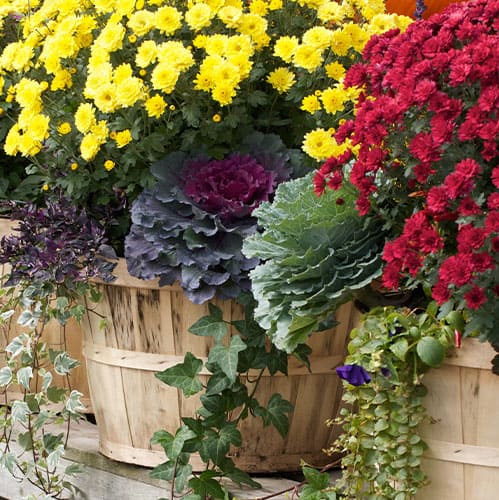 Fall Color Basket Container Garden
Fall Color Basket Container Garden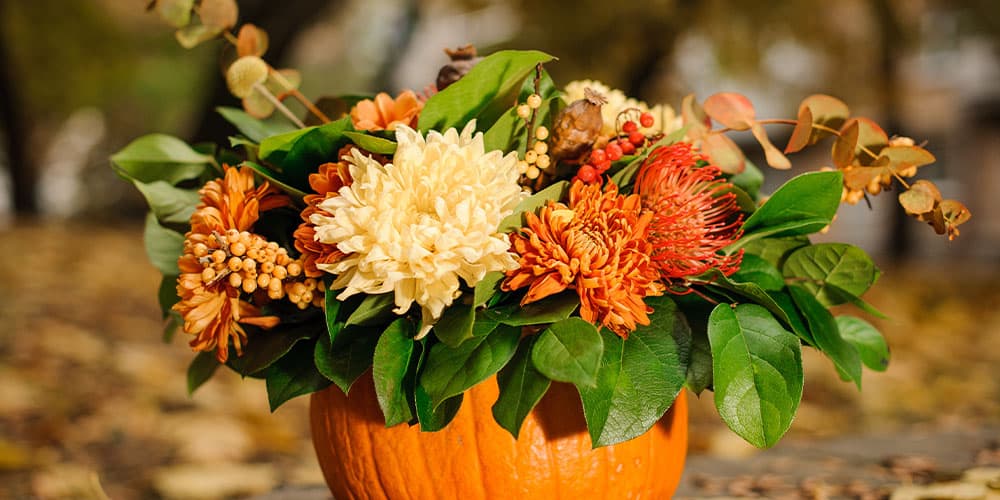 Pumpkin Container Gardens for Moultonborough
Pumpkin Container Gardens for Moultonborough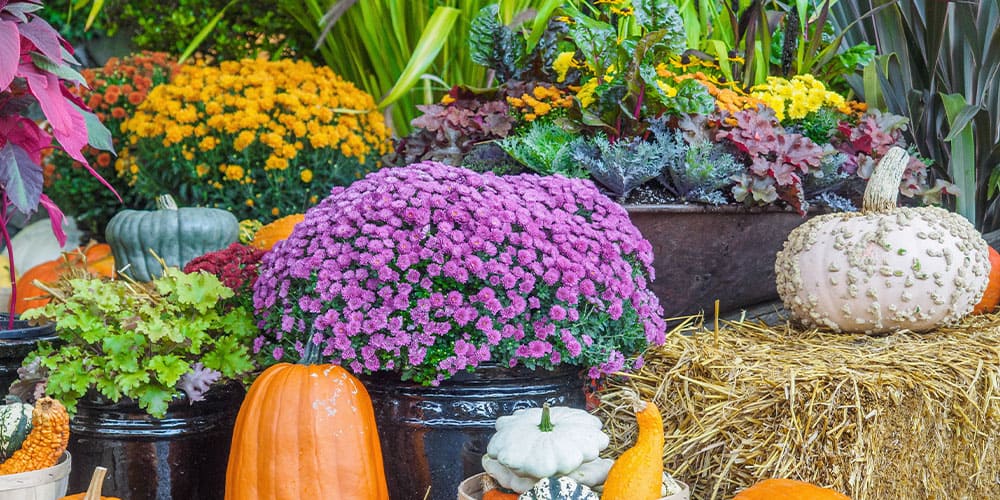 Some people think
Some people think 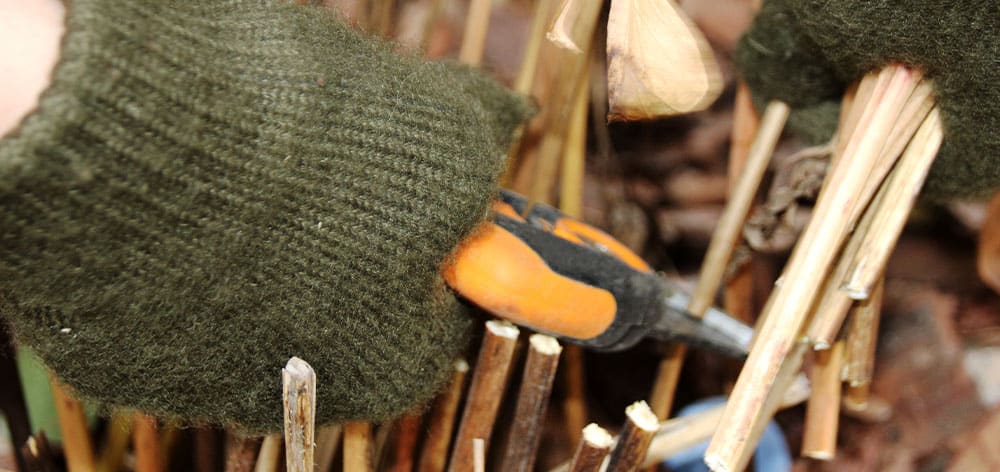 Once the leaves go brown in the fall, you can cut the stems back to the ground. Be careful not to cut so close as to damage the crown of the plant, as this is where new growth will arise next spring. Letting the leaves and stems stay on the plant over winter invites fungi, which can damage your peonies.
Once the leaves go brown in the fall, you can cut the stems back to the ground. Be careful not to cut so close as to damage the crown of the plant, as this is where new growth will arise next spring. Letting the leaves and stems stay on the plant over winter invites fungi, which can damage your peonies. 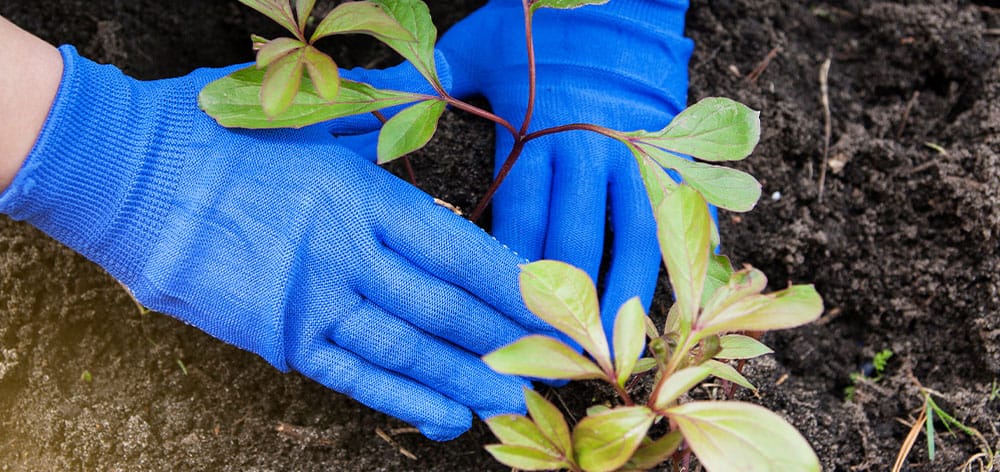 When to Plant Peonies
When to Plant Peonies 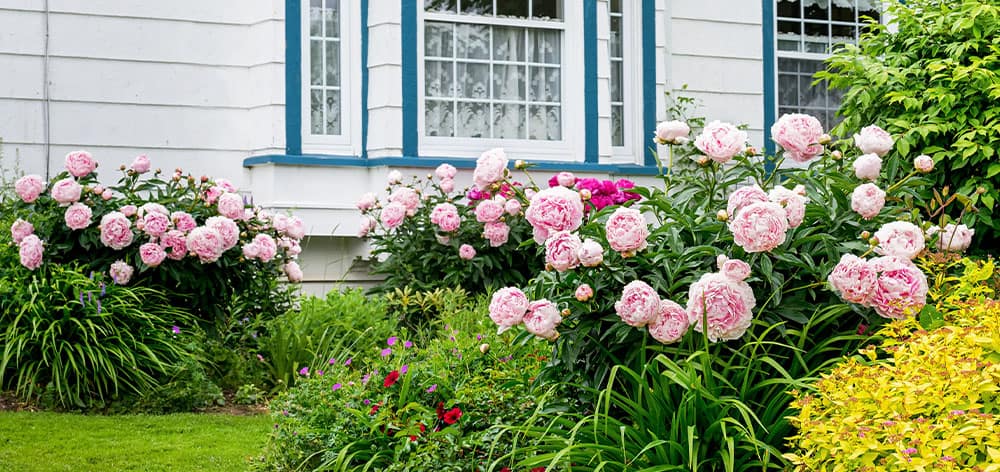 How to Make Your Peonies Comfortable
How to Make Your Peonies Comfortable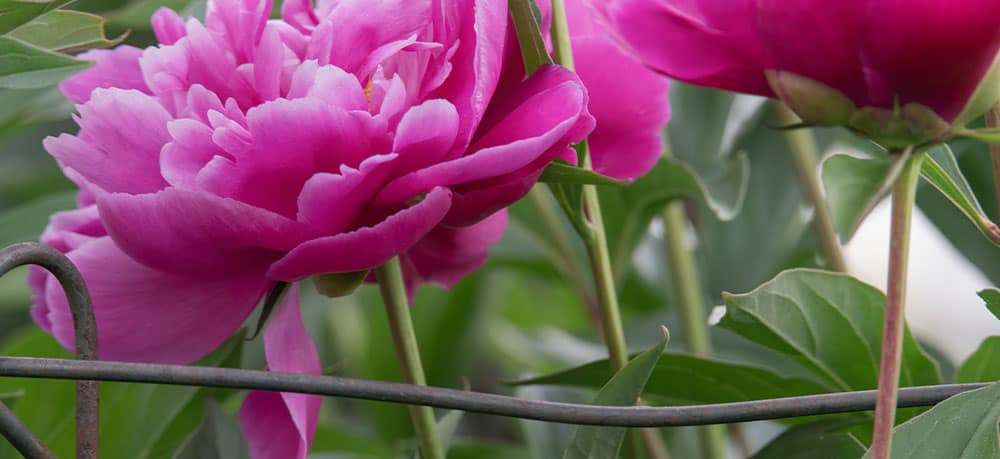 Tips for Summer Care
Tips for Summer Care